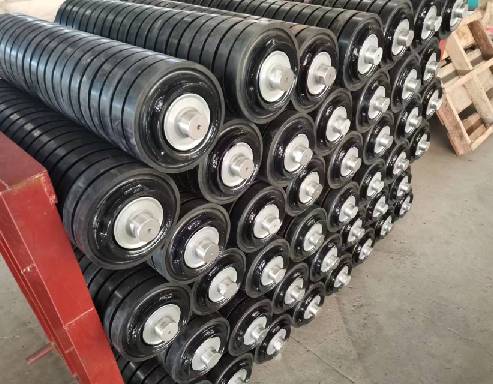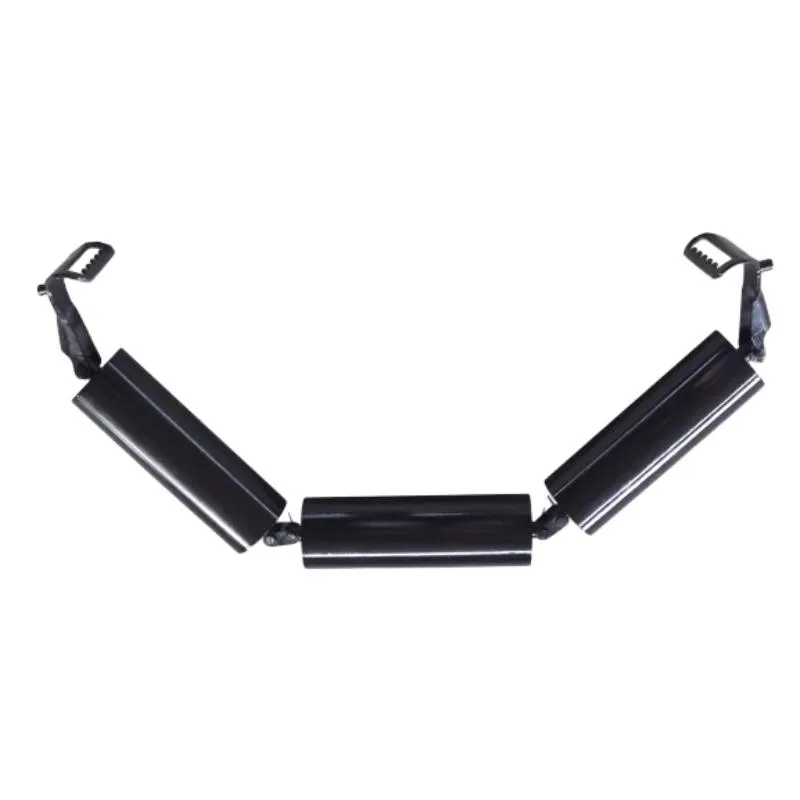 Afrikaans
Afrikaans  Albanian
Albanian  Amharic
Amharic  Arabic
Arabic  Armenian
Armenian  Azerbaijani
Azerbaijani  Basque
Basque  Belarusian
Belarusian  Bengali
Bengali  Bosnian
Bosnian  Bulgarian
Bulgarian  Catalan
Catalan  Cebuano
Cebuano  Corsican
Corsican  Croatian
Croatian  Czech
Czech  Danish
Danish  Dutch
Dutch  English
English  Esperanto
Esperanto  Estonian
Estonian  Finnish
Finnish  French
French  Frisian
Frisian  Galician
Galician  Georgian
Georgian  German
German  Greek
Greek  Gujarati
Gujarati  Haitian Creole
Haitian Creole  hausa
hausa  hawaiian
hawaiian  Hebrew
Hebrew  Hindi
Hindi  Miao
Miao  Hungarian
Hungarian  Icelandic
Icelandic  igbo
igbo  Indonesian
Indonesian  irish
irish  Italian
Italian  Japanese
Japanese  Javanese
Javanese  Kannada
Kannada  kazakh
kazakh  Khmer
Khmer  Rwandese
Rwandese  Korean
Korean  Kurdish
Kurdish  Kyrgyz
Kyrgyz  Lao
Lao  Latin
Latin  Latvian
Latvian  Lithuanian
Lithuanian  Luxembourgish
Luxembourgish  Macedonian
Macedonian  Malgashi
Malgashi  Malay
Malay  Malayalam
Malayalam  Maltese
Maltese  Maori
Maori  Marathi
Marathi  Mongolian
Mongolian  Myanmar
Myanmar  Nepali
Nepali  Norwegian
Norwegian  Norwegian
Norwegian  Occitan
Occitan  Pashto
Pashto  Persian
Persian  Polish
Polish  Portuguese
Portuguese  Punjabi
Punjabi  Romanian
Romanian  Russian
Russian  Samoan
Samoan  Scottish Gaelic
Scottish Gaelic  Serbian
Serbian  Sesotho
Sesotho  Shona
Shona  Sindhi
Sindhi  Sinhala
Sinhala  Slovak
Slovak  Slovenian
Slovenian  Somali
Somali  Spanish
Spanish  Sundanese
Sundanese  Swahili
Swahili  Swedish
Swedish  Tagalog
Tagalog  Tajik
Tajik  Tamil
Tamil  Tatar
Tatar  Telugu
Telugu  Thai
Thai  Turkish
Turkish  Turkmen
Turkmen  Ukrainian
Ukrainian  Urdu
Urdu  Uighur
Uighur  Uzbek
Uzbek  Vietnamese
Vietnamese  Welsh
Welsh  Bantu
Bantu  Yiddish
Yiddish  Yoruba
Yoruba  Zulu
Zulu Feb . 18, 2025 06:58
Back to list
conveyor pulley lagging
Conveyor lagging plays a crucial role in the efficient functioning of conveyor systems. These systems are used across various industries, such as mining, manufacturing, and logistics, to move bulk materials with ease and precision. By understanding the intricacies of conveyor lagging, businesses can enhance operational efficiency, reduce maintenance costs, and extend the equipment's lifespan.
Effective conveyor lagging also plays a vital part in energy efficiency. Reducing slippage ensures that motors do not need to exert additional energy to move the conveyor belt, thereby lowering energy costs. An optimized conveyor system is not only beneficial for a company's bottom line but is also a step toward sustainable industrial practices. The credibility and trustworthiness of information regarding conveyor lagging improve when verified by professionals who are deeply embedded in the field. By drawing knowledge from experienced engineers and project managers, companies can develop a comprehensive understanding of how to best implement conveyor lagging. This collective expertise fosters an environment where safety standards are high, operational workflows are efficient, and equipment reliability is paramount. Given the advancements in technology, businesses now have access to a wide range of lagging solutions tailored to meet specific needs. Investing in research and development to innovate new materials and lagging techniques is an ongoing priority in the industry. These innovations lead to longer-lasting systems that adapt better to modern challenges, emphasizing the importance of staying updated with the latest trends and technologies. In summary, conveyor lagging is more than just a protective measure; it is an integral part of a conveyor system's overall performance. By focusing on the right lagging solutions, businesses can harness the full potential of their conveyor systems. This strategic approach not only ensures efficiency and reliability but also sets a precedent for industry excellence.


Effective conveyor lagging also plays a vital part in energy efficiency. Reducing slippage ensures that motors do not need to exert additional energy to move the conveyor belt, thereby lowering energy costs. An optimized conveyor system is not only beneficial for a company's bottom line but is also a step toward sustainable industrial practices. The credibility and trustworthiness of information regarding conveyor lagging improve when verified by professionals who are deeply embedded in the field. By drawing knowledge from experienced engineers and project managers, companies can develop a comprehensive understanding of how to best implement conveyor lagging. This collective expertise fosters an environment where safety standards are high, operational workflows are efficient, and equipment reliability is paramount. Given the advancements in technology, businesses now have access to a wide range of lagging solutions tailored to meet specific needs. Investing in research and development to innovate new materials and lagging techniques is an ongoing priority in the industry. These innovations lead to longer-lasting systems that adapt better to modern challenges, emphasizing the importance of staying updated with the latest trends and technologies. In summary, conveyor lagging is more than just a protective measure; it is an integral part of a conveyor system's overall performance. By focusing on the right lagging solutions, businesses can harness the full potential of their conveyor systems. This strategic approach not only ensures efficiency and reliability but also sets a precedent for industry excellence.
Latest news
-
Revolutionizing Conveyor Reliability with Advanced Rubber Lagging PulleysNewsJul.22,2025
-
Powering Precision and Durability with Expert Manufacturers of Conveyor ComponentsNewsJul.22,2025
-
Optimizing Conveyor Systems with Advanced Conveyor AccessoriesNewsJul.22,2025
-
Maximize Conveyor Efficiency with Quality Conveyor Idler PulleysNewsJul.22,2025
-
Future-Proof Your Conveyor System with High-Performance Polyurethane RollerNewsJul.22,2025
-
Driving Efficiency Forward with Quality Idlers and RollersNewsJul.22,2025
OUR PRODUCTS





























